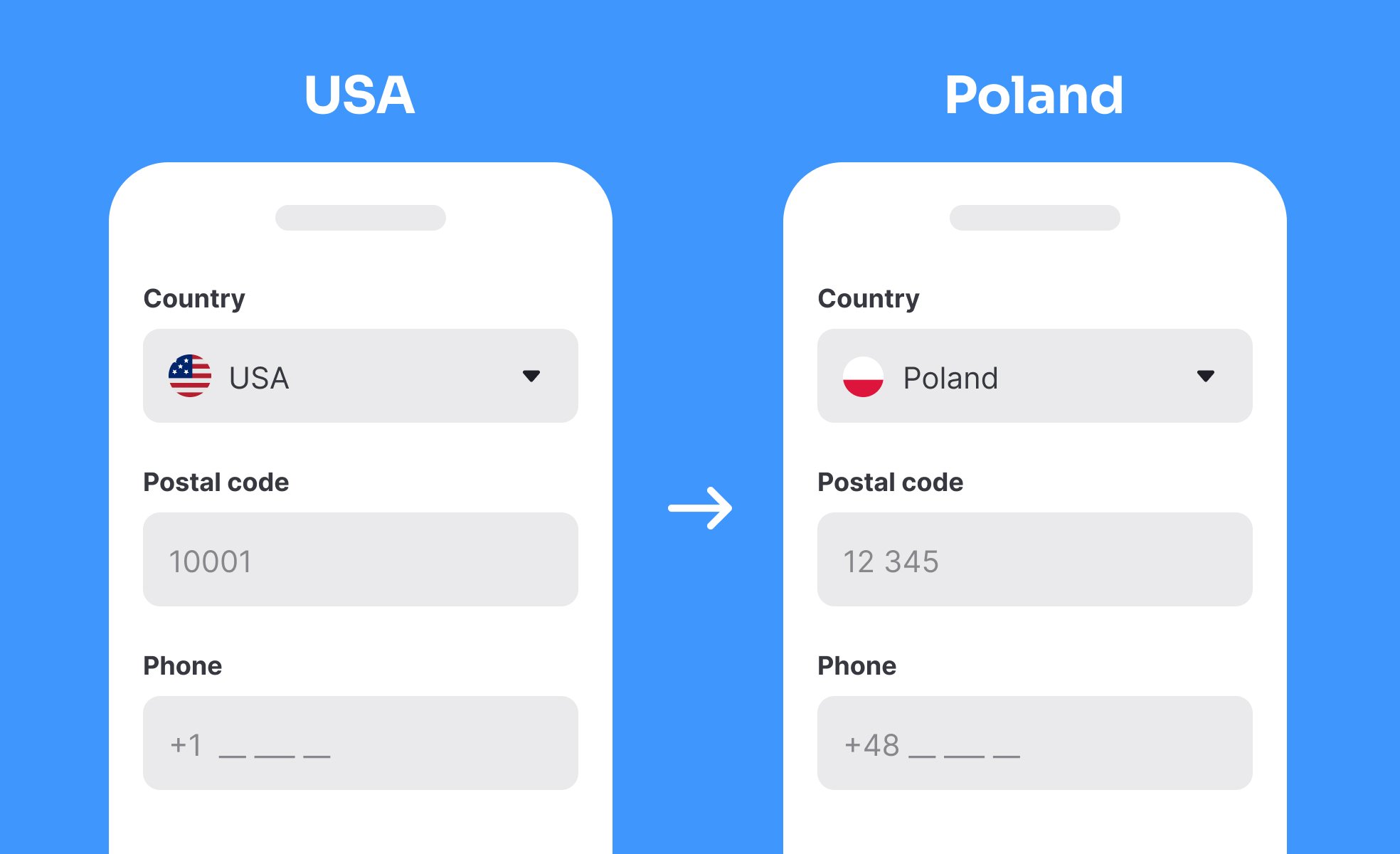Localization
Localization adapts digital products to fit the language, culture, and expectations of specific regions, ensuring relevance and usability for diverse audiences.

TL;DR
- Adjusts products for specific languages and cultures.
- Goes beyond translation to reflect local norms.
- Improves adoption and user satisfaction globally.
- Supports business growth in international markets.
Definition
Localization is the process of tailoring digital products to specific markets by translating language, adapting visuals, and aligning with cultural, legal, and technical expectations.
Detailed Overview
Localization ensures that products feel native to each market rather than foreign imports. While translation converts words, localization adjusts the full experience, including imagery, date formats, currencies, and even content tone. This comprehensive approach allows users to interact naturally, reducing barriers to adoption.
One common question is how localization differs from translation. Translation focuses only on language, while localization considers cultural context. For example, a literal translation may preserve meaning but miss nuances, humor, or idioms. Localization adapts copy so it resonates with local audiences and avoids misunderstandings.
Another frequent question concerns design adjustments. Text expansion when translating into certain languages can affect layouts, requiring flexible design. Icons or colors may carry different meanings across cultures, so visuals often need changes as well. For instance, color choices that signal positivity in one region may suggest caution in another.
Teams also ask about technical aspects. Localization involves handling regional formats for numbers, addresses, and currencies. It requires supporting character sets beyond Latin alphabets, such as Cyrillic or Kanji, and ensuring systems display and sort text correctly. Without these adjustments, user experiences can break across markets.
Accessibility overlaps with localization in interesting ways. For users in multilingual environments, offering easy switching between languages or providing localized screen reader support can make a significant difference. Accessibility and localization together create inclusive, global-ready products.
Finally, businesses often ask why localization is worth the investment. The answer lies in adoption and retention. Products that feel foreign are harder to trust. By aligning with local culture, companies show respect for users’ needs, which improves satisfaction, loyalty, and ultimately revenue. Successful international growth often depends on effective localization strategies.
Learn more about this in the Localization Exercise, taken from the How to Use Text in Wireframes Lesson, a part of the Wireframing Course.
Translation changes text from one language to another, but localization adjusts the full user experience. This includes tone, imagery, formats, and cultural context. A literal translation may be technically correct but still feel awkward.
Localization ensures the product feels as if it was created locally, which builds trust and comfort.
Different languages expand or contract text, affecting layouts. Left-to-right designs must adjust for right-to-left scripts like Arabic. Visuals may need to change if symbols or colors have different meanings in a culture.
These adjustments require flexible design systems that can adapt without breaking usability.
Systems must handle diverse character sets, encoding standards, and regional formats for numbers, dates, and addresses. Sorting, input validation, and search functions all change when adapting to new languages.
Without robust technical support, even well-translated products may break in practice.
Localized products improve accessibility by supporting regional screen readers, voice inputs, and multilingual content. For users in bilingual or multilingual regions, switching seamlessly between languages is essential.
Combining accessibility with localization creates inclusive experiences across diverse user groups.
Localization builds trust and adoption in global markets. A product that feels tailored to a user’s culture increases satisfaction and retention. Customers are more likely to continue using and recommending tools that respect local expectations.
For companies seeking international growth, localization is not optional; it is a strategic requirement.
Recommended resources
Courses

UX Writing

Common Design Patterns

Accessibility Foundations
Lessons

Researching User Needs

Ensuring Consistency in UX Copy










